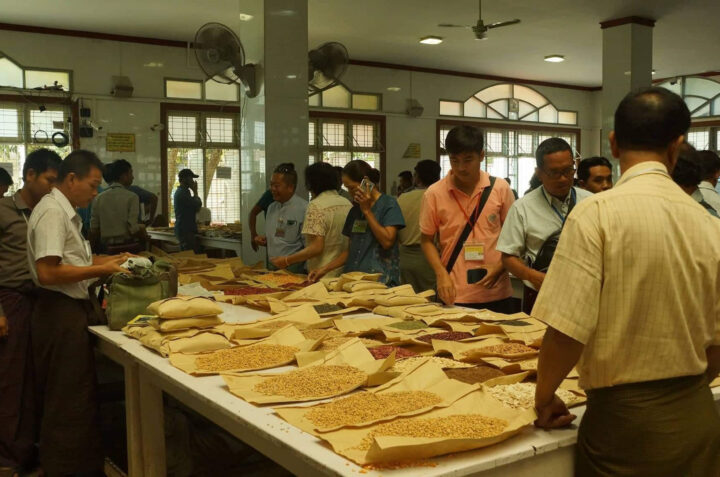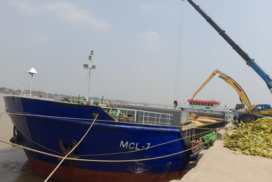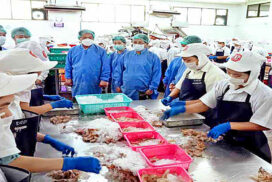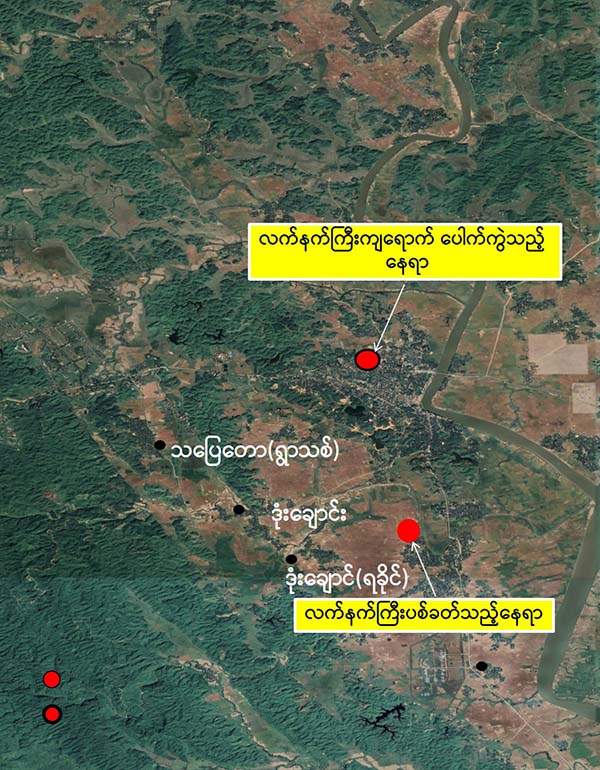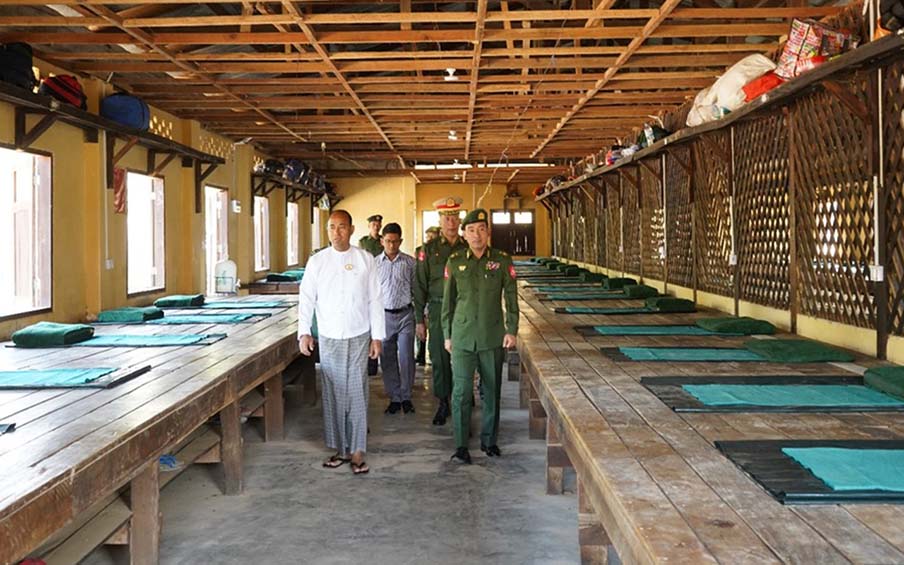Myanmar exported more than 214,090 tonnes of pigeon peas to the foreign trade partners between 1 October and 30 September of the last financial year 2020-2021, generating an income of US$144 million, according to the Ministry of Commerce’s trade data.
At present, the price of pigeon peas is quite stable in the domestic market. The pigeon peas fetch around K1,285,000 per tonne, according to Bayintnaung wholesale centre’s price data.
Myanmar’s pigeon peas are primarily shipped to India and also exported to Singapore, the US, Canada, Pakistan, the UK, and Malaysia. But, the export volume to other countries rather than to India is extremely small.
The domestic bean market is positively related to the law of supply and demand, said an official of Myanmar Pulses, Beans and Sesame Seeds Merchants Association.
India set an import quota on beans including black gram and pigeon peas starting from 2017. Myanmar earlier had to export black bean and pigeon peas under the quota system and limit period.
On 15 May 2021, India’s Ministry of Agriculture and Farmers Welfare approved not only black gram but also other pulses being imported from Myanmar that have the bill of lading up to October-end 2021, with relaxations of conditions regarding clearance consignment extended up to 30 November 2021.
Additionally, Myanmar can export 250,000 tonnes of black gram (urad) and 100,000 tonnes of pigeon peas under the G-to-G (government to government) pact during the April-March period between the 2021-2022 financial year and the 2025-2026FY, as per the Memorandum of Understanding between the Ministry of Commerce and India’s counterpart signed on 18 June.
This year, the G-to-G pact ensured a strong market next five years, along with other relaxations on import quota, Myanmar Trade Promotion Organization under the Ministry of Commerce stated.
Myanmar’s agriculture sector is the backbone of the country’s economy and it contributes to over 30 per cent of Gross Domestic Products. The country primarily cultivates paddy, corn, cotton, sugarcane, various pulses and beans. Its second-largest production is the pulses and beans, counting for 33 per cent of agro products and covering 20 per cent of growing acres. Among them, black gram, pigeon peas and green grams constitute 72 per cent of bean acreage. Other beans, including peanut, chickpea, soy pea, black-eyed beans, butter beans and rice beans, are also grown in the country. — KK/GNLM
Myanmar ships $144 mln worth of over 214,000 tonnes of pigeon peas in FY2020-2021
- October 21, 2021
- 560
